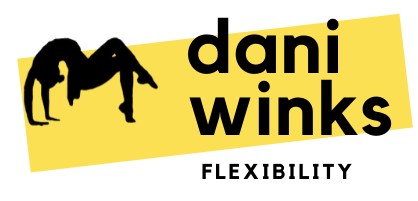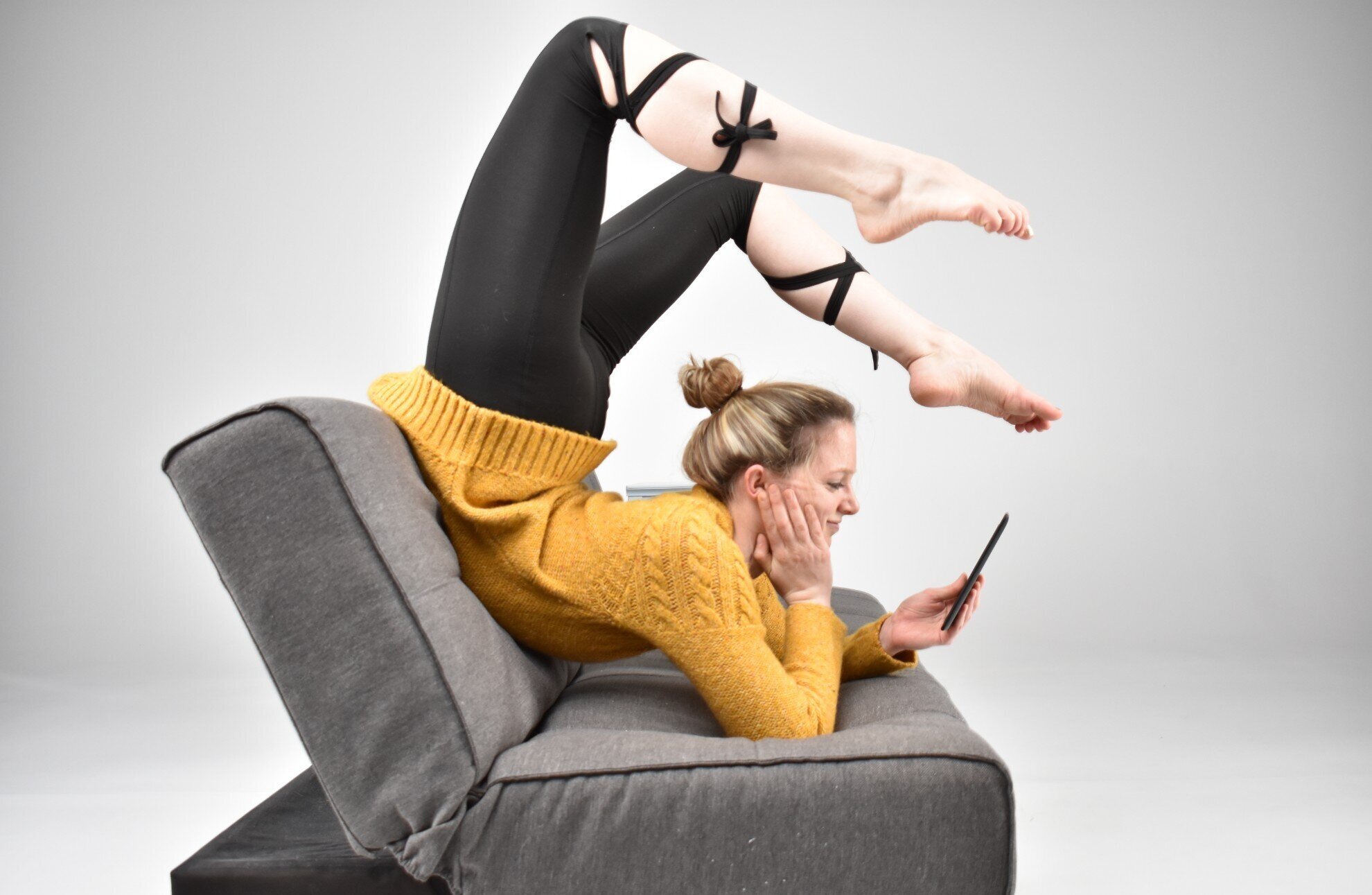TIPS, TRICKS & HOW-TOs
The Bendy Blog: Flexibility Training Articles
Filter posts by topic:
All Posts / Bridges / Contortion / Front Splits / General Back Flexibility / General Flexibility Tips / General Lower Body Flexibility / Middle Splits / Neurodynamics / Shoulders / Straddles / Yoga /

Is Nerve Tension Limiting Your Shoulder Range of Motion?
When it comes to being able to reach your arms overhead (shoulder flexion), there are a couple of nerves that - when under tension - can cause tightness in this range of motion. The two most common troublemakers are the ulnar nerve and the median nerve - because they impact very similar ranges of motion, I’m lumping them together in the same blog post. Let’s learn how to identify if they’re restricting your range of motion, and what to do about it!
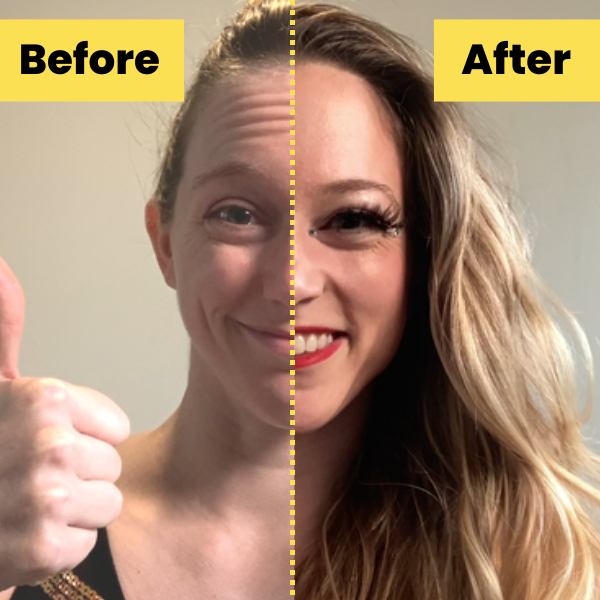
Easy Contortion Performance Makeup for People Who Are Crap at Makeup
I was never very “good” at makeup, so stage/performance makeup was a bit intimidating when I started out. Thankfully there’s a lot you can do quite easily with very minimal skill to get you circus-fabulous in less than 15 minutes (psssst the secret is RHINESTONES!)

Gentle (Passive) Stretches for Internal Hip Rotation
Last week we talked about internal hip rotation in the “active” sense, why this range of motion is important in both everyday life (and potentially in your flexibility-related hobbies), and how to train the active mobility to move through as much of a safe range of motion while strengthening your stabilizing muscles. Today we’re talking about relaxed passive stretches you can also include in your training if you need to increase your overall ROM.
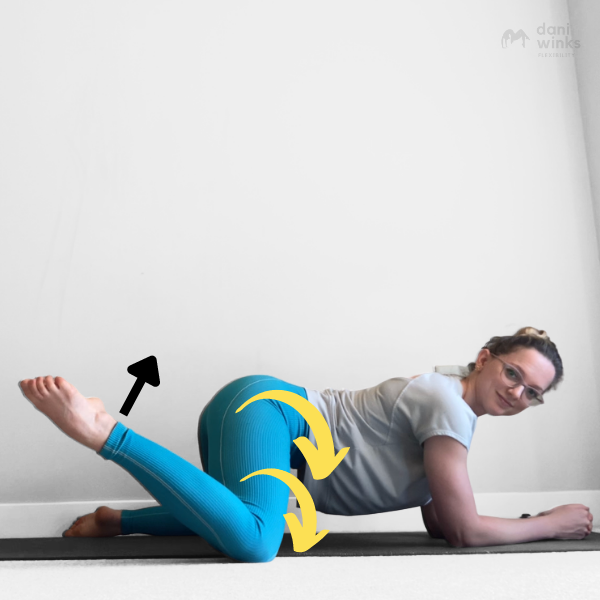
Strengthen While You Stretch: 6 Drills for Active Hip Internal Rotation
Hip rotation in general is not only helpful for many stretches/skills, but a necessary part of everyday movements like walking and running. Internal hip rotation specifically refers to the action of rotating our thigh internally (towards our midline). But since this isn’t an action we often use in everyday life, most people are quite weak (and inflexible) when it comes to internal rotation. So here are some great active flexibility exercises to help improve your hip mobility and strength in internal rotation.
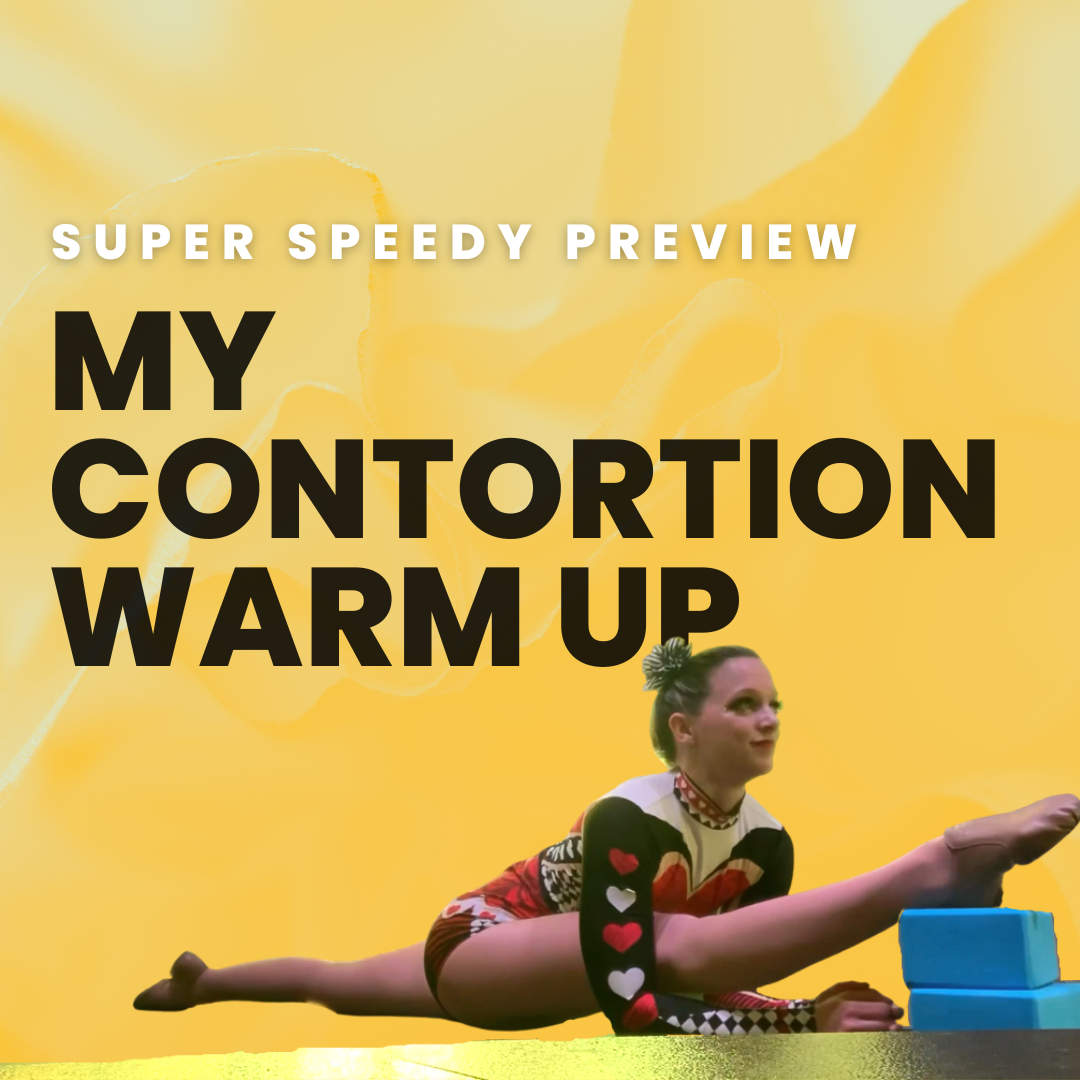
My Contortion Warm Up Routine (An Example)
Since it’s October and that usually means the start of a heavier performing season (really from Halloween-ish themed things all the way to the Holidays and NYE), I thought I’d do some more posts this month about performing as a contortionist.
I had two (!) contortion gigs last week, both using my lollipop lyra, an aerial-ish apparatus that’s basically a big hoop (lyra) that sits on top of a stage pole that I do bendy tricks in. For one of them I filmed my warm up routine so I could share what a typical contortion warm up (for me) tends to look like.

Help! My Outer Hips Hurt When I Straddle
Straddles, like middle splits, are mainly meant to stretch your adductors (inner thigh muscles) and/or your hamstrings if you’re taking it into a straddle pancake forward fold - so if you’re feeling pain or discomfort in the outside of your hips, and not a stretching sensation on your inner thighs, something needs to change!
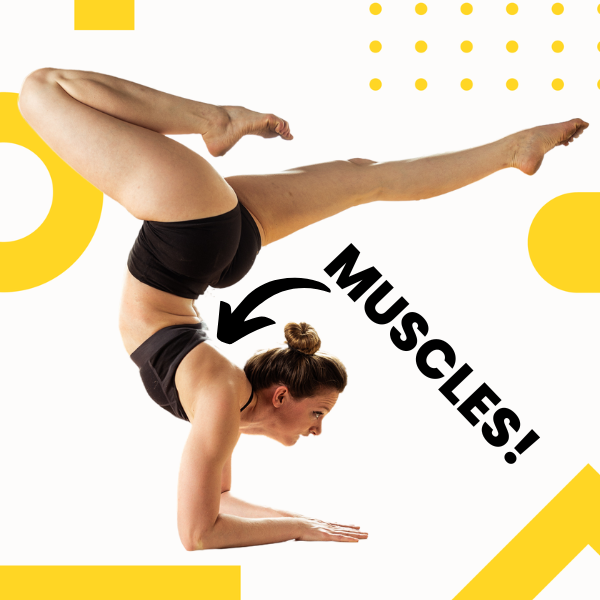
Shoulder Conditioning for Contortion Forearm Stands
Whether you’re just starting to work on inversions like forearm stands and handstands, or have been practicing for some time but need help learning to balance, working on strengthening your shoulders - especially your good ol’ rotator cuff - will be a big help in stability and feeling controlled in these poses.

Pincha (Forearm Stand) Tips to Balance Like an Instagram Yogi
Being able to hurl your entire bodyweight over your shoulders/forearms in a forearm stand is a formidable task to begin with, let alone try to balance yourself in that position! Thankfully once you learn to properly engage your muscles (and stop being a darn wet noodle), finding - and holding - your balance becomes much more achievable! With practice, you too can be busting out fancy forearm stand balances like a fancy Instagram yogi influencer (#yogisofinstagram).
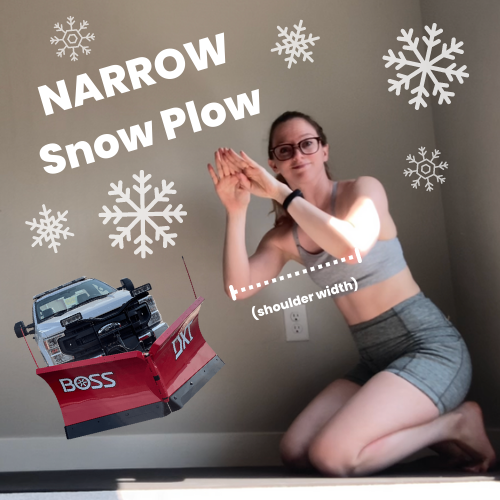
3 Ways to Get into a Wall-Supported Forearm Stand (Pincha Pose)
Forearm stands are one of my favorite contortion shapes (because they are so fun to balance and there are lots of “options” for styling with your legs!) - but they can be daunting to try to tackle if you’ve never trained them before. That’s where learning some safe progressions can help build up your shoulder strength and flexibility, and your own confidence with supporting your body weight in this pose. These are 3 variations of forearm stands I like to work on with “begintermediate” students who are starting to work on forearm stands (similar to pincha mayurasana in yoga) for the first time.

Middle Split Oversplits: A Primer on Technique
I’m not going to lie - I have a love/hate relationship with middle oversplits. I love how big a difference they can make in how comfortable my “regular” middle splits feel. But I hate how the oversplits feel when I practice them (personally, I think they’re hard AF compared to front leg oversplits, but that’s how I’ve always felt about middle vs. front splits). But despite them being an exercise I minorly dread, I think they’re an important tool for students who have very middle split-y aspirations. Just like with front splits and front oversplits, middle oversplits can be a sneaky way for students who are oh-so-close-to-flat to challenge their hips a tiny bit more to help them touchdown.
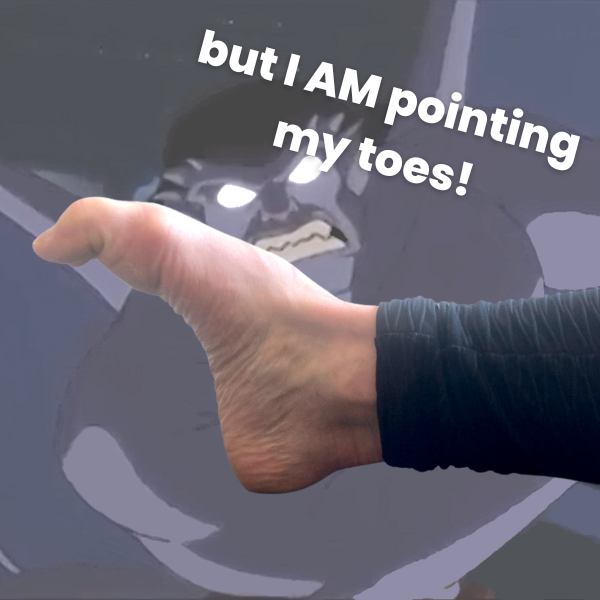
Getting a “Pointier” Toe Pointe
The cue “point your toes” can be a bit misleading, because often when we talk about a traditional, ballerina-style toe point (aka “pointe”), what we really mean is point your ankle (and then point your toes). If your coach has yelled at you to point your toes before, and your foot automatically curls into a gargoyle claw, while technically correct (you are, in fact, likely pointing your toes), if you want the traditional aesthetic lines of a nicely pointed foot, you’ll have to work on your ankle flexibility. Lucky for you I have a slew of exercises and stretches that can help, including ones that isolate the ankle stretch from your toe pointing (no gargoyle toes allowed!).
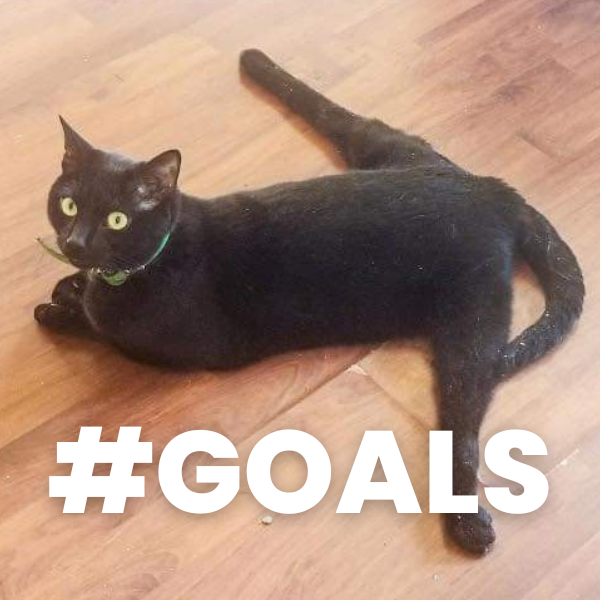
How to Flatten Your Middle Splits
Just like with front splits, the last couple of inches in your middle splits can feel like the most challenging to train. If you feel like you’ve hit a plateau and are “stuck” in your middle split training, it’s time to re-assess your training.
